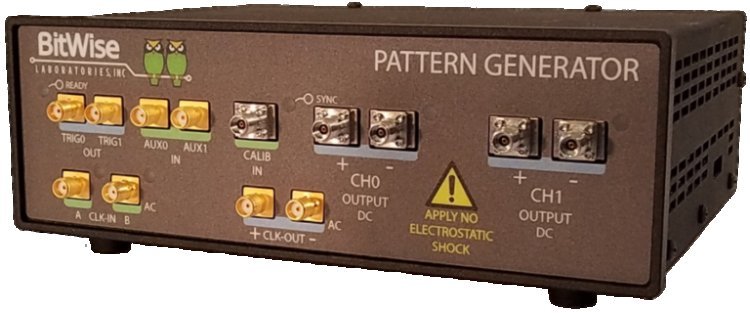Accurate Test Insertion Loss Enhancing RF and Microwave Component Performance
Bitwise Laboratories offers advanced test insertion loss services to optimize the performance of RF and microwave components. By accurately measuring signal loss across various frequencies, we help engineers improve designs, ensuring enhanced signal strength, reduced noise, and greater efficiency for applications in telecommunications, aerospace, consumer electronics, and medical devices.
Insertion loss measures the reduction in signal power that occurs when a device or component is inserted into a transmission line. Typically expressed in decibels (dB), insertion loss quantifies how much signal is dissipated or absorbed as it passes through a component. This loss can be caused by factors like impedance mismatch, material properties, or design inefficiencies.
In high-frequency applications, such as telecommunications or satellite systems, even small amounts of insertion loss can significantly degrade signal quality and range. Testing insertion loss helps engineers understand how much signal is lost when components are added to a system, allowing them to optimize performance by minimizing those losses.
In high-frequency electronics, insertion loss is a key factor that affects the performance and efficiency of systems like RF (radio frequency) and microwave components. Ensuring minimal signal loss across components such as cables, amplifiers, connectors, and filters is crucial for maintaining optimal signal strength and system functionality. Bitwise Laboratories specializes in test insertion loss, providing detailed analysis and measurements to help engineers enhance component performance for maximum efficiency.

Why Insertion Loss Matters
Insertion loss plays a critical role in determining the overall efficiency and performance of electronic systems. Excessive insertion loss can have several negative impacts:
- Reduced Signal Strength: Higher insertion loss results in weaker signals, which can affect the quality of transmission and reception, leading to reduced performance in communication systems.
- Increased Noise and Distortion: As signal strength weakens, systems become more susceptible to noise and distortion, impacting the clarity and reliability of data transmission.
- Lower System Efficiency: In systems where power is a limiting factor—such as satellite communication or low-power medical devices—high insertion loss can reduce the system's efficiency, leading to energy waste and suboptimal performance.
By accurately measuring and minimizing insertion loss, engineers can ensure that their components are optimized for the best possible performance, improving overall system reliability and efficiency.
Insertion Loss Testing at Bitwise Laboratories
At Bitwise Laboratories, we offer comprehensive test insertion loss using advanced vector network analyzers (VNAs) capable of precise measurements across a broad range of frequencies. Our team of experts works with a wide array of components and systems, helping manufacturers and engineers optimize designs for maximum performance
For more information
visit us : www.bitwiselabs.com
What's Your Reaction?
















